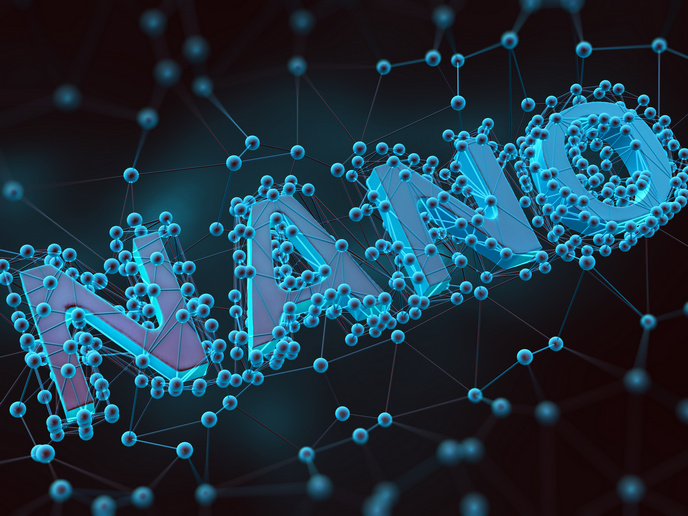Introducing the nanoturbine made from DNA material
Rotary motors play important roles in the conversion of one type of energy into another. Their use in machines ranging from windmills to aeroplanes has helped shape the world as we know it. In our bodies, the work of energy conversion is done by nanoscale turbines such as the protein called ATP synthase found in our cells. While over the course of history humanity has succeeded in building rotary engines of many different sizes on the macroscale, the ability to replicate nature’s sophisticated biological motors on the nanoscale has remained a challenge. New research supported by the EU-funded LoopingDNA and DNA ORIGAMI MOTORS projects now points the way to making this a reality. The research was carried out by an international team who succeeded in experimentally demonstrating rationally designed nanoscale DNA origami turbines with three chiral blades. Their findings were published in the journal ‘Nature Nanotechnology’. “Our nanoturbine has a 25-nanometer diameter rotor made from DNA material with blades configured in a right-handed or left-handed sense to control the direction of rotation,” explains study lead author Dr Xin Shi of LoopingDNA project coordinator Delft University of Technology, the Netherlands, in a ‘EurekAlert!’ news release. “To operate, this structure is docked in a strong water flow, controlled by an electric field or salt concentration difference, from a nanopore, a tiny opening, in a thin membrane. We used our turbine to drive a rigid rod up to 20 revolutions per second.”
It depends on the salt
So what affects the DNA origami nanoturbine’s rotation? The secret lies in the concentration of sodium in a solution. The turbine will spin either clockwise or anticlockwise, depending on the solution’s Na+ ion concentration. “This unique feature, exclusive to the nanoscale realm, results from the intricate interplay between ions, water, and DNA,” reports the news release. The artificial nanoturbines operate autonomously under physiological conditions, converting energy from naturally abundant electrochemical potentials into mechanical work. This ability opens the way for many new applications. For example, scientists might one day be able to use DNA origami to build nanomachines that deliver drugs to specific types of cells in the human body. Building on their earlier work on flow-driven nanorotors, also supported by LoopingDNA (Bottom up biophysics approach to resolve the looping structure of chromosomes) and DNA ORIGAMI MOTORS (Constructing and powering nanoscale DNA origami motors), the researchers have created a turbine whose design and operation they have full control of. The importance of this achievement is highlighted by Dr Shi: “We’ve unveiled the fundamental principles behind propelling a nanoscale rotor using water and salt in nanopores. This year’s breakthrough, driven by rational design, marks the next phase of our journey. The foundational principles from our previous paper, combined with the innovations in this one, set the stage for the future of biomimetic transmembrane machines, with the potential to harness energy from salt gradients, a vital energy source employed by biological motors.” For more information, please see: LoopingDNA project DNA ORIGAMI MOTORS project
Keywords
LoopingDNA, DNA ORIGAMI MOTORS, DNA origami, energy, motor, turbine, nanoscale, nanoturbine



